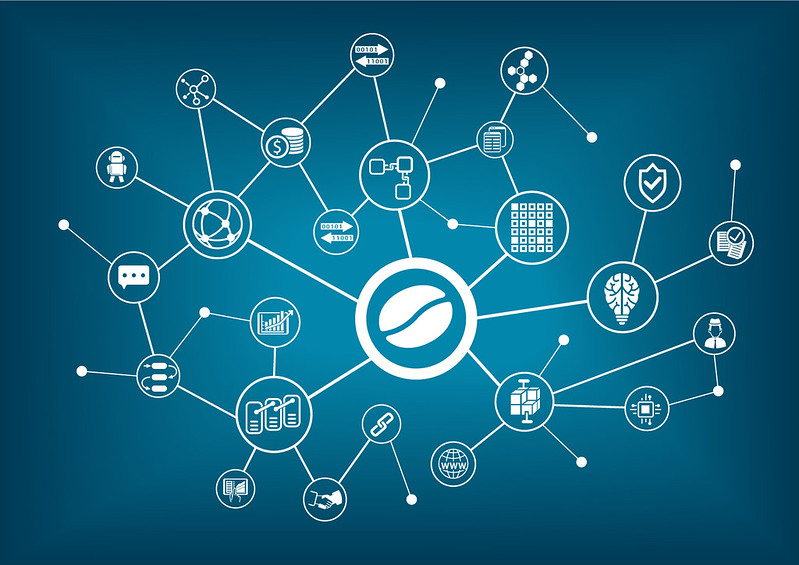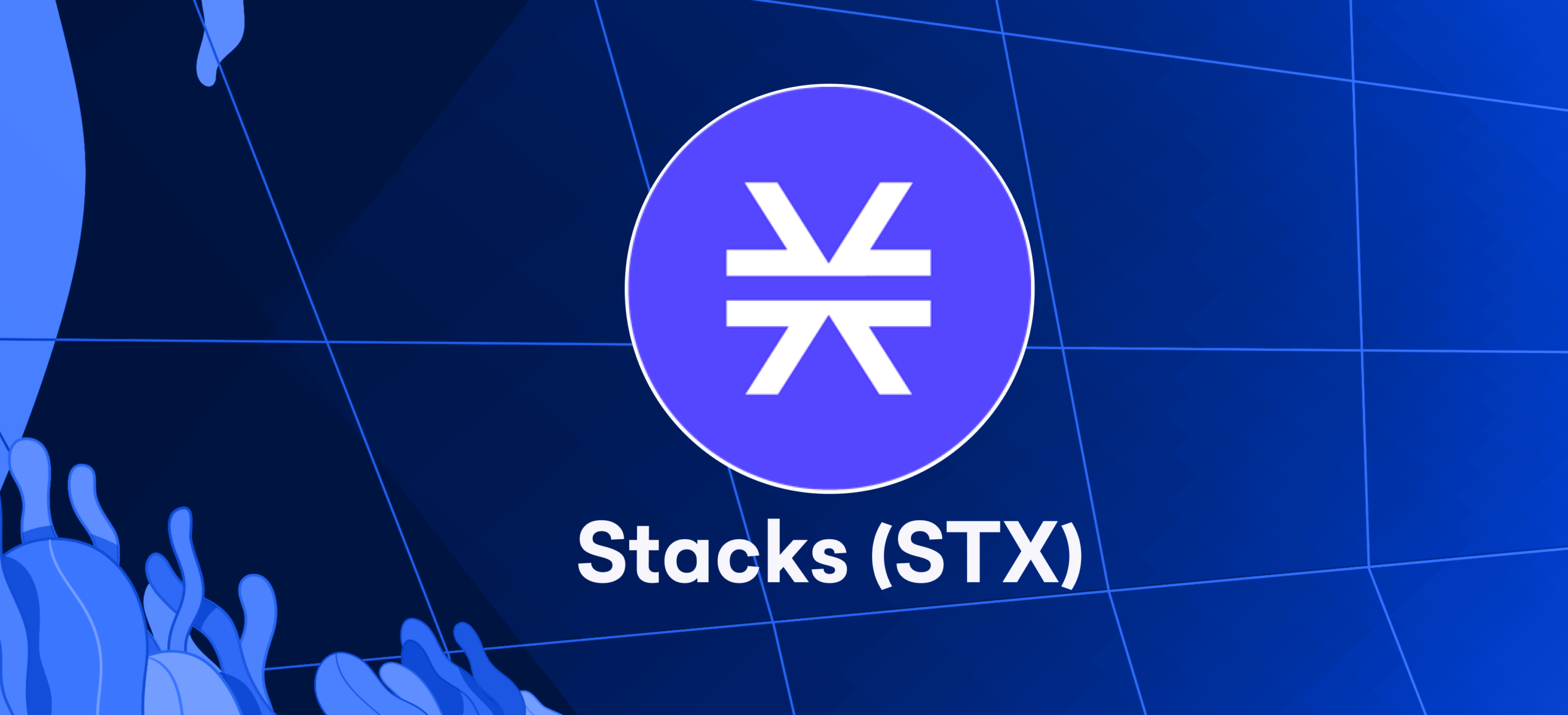
Introduction
Any network, system, or technology added on top of a Blockchain base layer is referred to as Layer 2 and extends the functions of the Blockchain base layer. These may include, for instance, the layer-2 networks to add improvements to other blockchains, such as supporting higher transaction throughputs. Scalability is an important idea in the cryptocurrency arena, which governs the operation of blockchain networks.
The network’s scalability defines its ability to handle an increasing number of processes in the system without experiencing a slowdown or becoming financially burdensome. Blockchain Technology entered the scene through Bitcoin, initially concentrating on building an unbiased, safe, and open-minded transaction platform.
Nevertheless, this ecosystem became bigger, requiring high scalability; therefore, transactions were slow and expensive with this blockchain layer. At this point, Layer 2 scaling solutions come in. This beginner’s guide aims to discuss the essentials of Layer 2 protocols and their significance.
Understanding Layer 2 Networks
A Layer 2 network is another chain sitting atop a Layer 1 chain. Usually, Layer 2 is an extra chain on top of Layer 1, which shares and builds on the latter’s security properties—smart contracts that underlie its blockchain pair many of these Layer 2 protocols together.
The Significance of Layer 2 Networks
The role of layer 2 solution is integral to the crypto market space. The evolution of layer 1 blockchains such as Bitcoin and Ethereum notwithstanding, the basic constraints on scalability still need to be improved.
To this end, layer 2 solutions like Base (from Coinbase) and Lighting Network (of Bitcoin) process low-cost transactions through off-blockchain ledgers. They, then, get transferred to the main chain block and are finally archived. The second option applies a load on a different network, which is similar and redirects the transactional burden from the main net, thereby solving the scalability problem associated with layer 1 blockchains.
To achieve this, we stack new ‘layer 2’ networks on top of existing layer 1 blockchain, such as Ethereum, to enable higher throughput rates at lower costs. To achieve this, they outsource some portion of the processing and storage burden traditionally associated with the main chain.
Key features of layer 2 networks
Increased scalability
A layer 2 network can process more transactions per second than layer 1 blockchains. They allow users to combine several transactions in one batch, thus reducing the settlements done on this main chain.
Reduced fees
Layering two networks can reduce transactional fees. The other reason is that they will not compete for the limited block space on the major blockchain, whose costs are determined by market demand during such times.
Security
A layer 2 network receives security properties from the underlying layer 1 blockchain protocol. It is necessary for all transactions made in Layer 2 networks to, at some point, be settled on the underlying blockchain.
Decentralization
Decentralized layer 2 networks mean one party cannot dominate or command these layers through power. They trust a group of validators to verify transactions and ensure security.
Some popular examples of layer 2 networks:
- Rollups: Rollups consolidate and settle multiple transactions during one instance in the major chain. It can greatly scale up the system while cutting out costs.
- State channels: That is why state channels ensure that multiple entities can trade with each other off-chain without incurring transaction fees onto the main chain.
- Plasma: Plasma is a framework of scalable and secured second-layer networks. A child chain mechanism helps process individual transactions off-chain and settle them onto the primary blockchain.
Although not yet developed, the layer 2 network will re-invent how we use blockchain technology. The two networks create an opportunity to increase scalability, reduce fees, and improve blockchain security, making it even easier to use and access.
Pros and cons Layer 2 Network
Pros of Layer 2 networks
- Scalability: Scalability issues plaguing Layer 1 Blockchains have led to designs for Layer 2 networks. It has higher transaction throughput rates and reduced costs per transaction. Hence, they are suitable for high-volume applications such as DEXs or games.
- Reduced gas fees: Transactions are offloaded from the main chain by layer 2 networks, which helps reduce costs on user gas fees to a large extent.
- Security: In this case, the layer 2 network inherits the protection of the base layer 1 blockchain.
- Interoperability: Layer 2 networks can communicate among themselves and with layer 1 blockchains to enable asset transfers and application interactions.
Cons of Layer 2 networks
- Complexity: It is easier to operate and comprehend Layer 1 blockchains than Layer 2 networks. New users will need help accessing this, which can also be a hindrance during the developer’s process.
- Centralization: The degree of centralization among some layer two networks might bring about security concerns.
- Risk of fraud: Validators are used to validate transactions in layer 2 networks. Also, a validator may be malicious and manipulate data to produce incorrect results or even perpetrate fraud.
Overall, Layer 2 networks offer several advantages over Layer 1 blockchains, including scalability, reduced gas fees, and interoperability. However, they are also more complex and can introduce some security risks.
conclusion
Layer 2 networks are a fundamental component of many networking architectures. They offer several advantages, including simplicity, affordability, and efficiency. However, they also have disadvantages, such as limited size and scalability, susceptibility to broadcast storms, and limited security features.
When choosing a networking solution, it is important to consider your organization’s specific needs. Layer 2 networks may be a good choice for small to medium-sized businesses with simple networking needs. However, larger companies or businesses with complex networking needs may consider using a layer 3 network or a combination of layer 2 and layer 3 networks.








